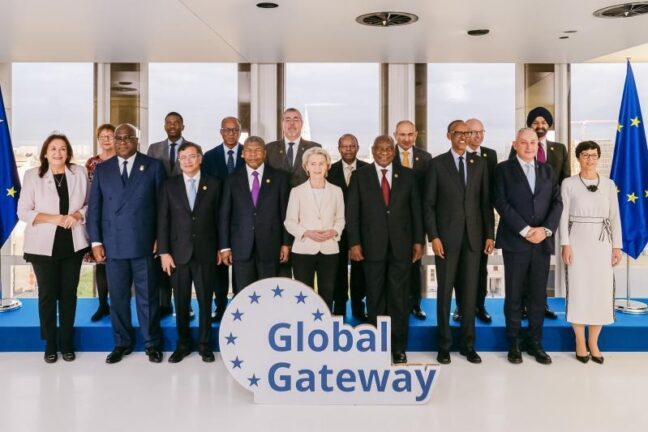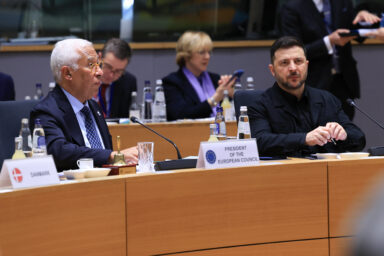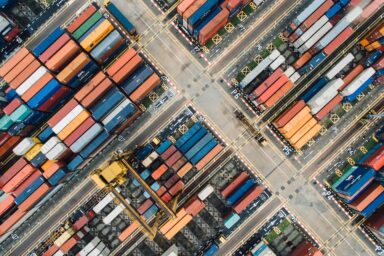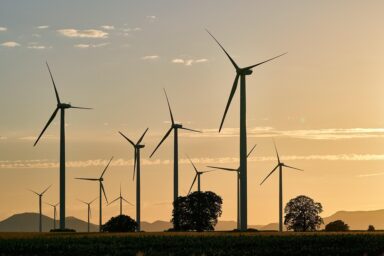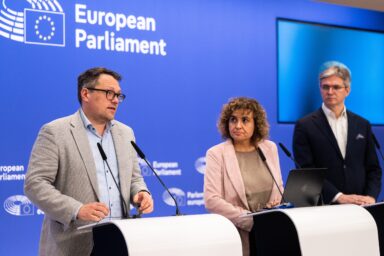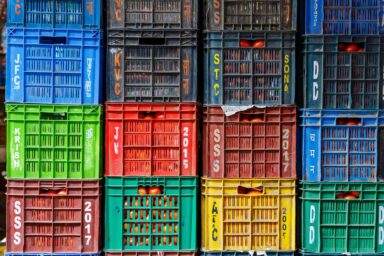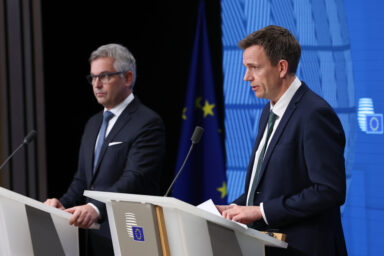“Global Gateway works.” That’s the message the European Commission continues to project as it scales up its initiative to flex its geopolitical muscle by promoting sustainable infrastructure, connectivity, and human development worldwide. On the ground, the picture is murkier.
“In four years, we have already mobilised more than €306bn. And I am confident we will surpass €400bn by 2027,” said Commission President Ursula von der Leyen recently at the Global Gateway Forum in Brussels.
Launched in 2021, Global Gateway is the EU’s flagship initiative to promote sustainable infrastructure, connectivity and human development worldwide. Originally targeting €300bn in investments, Brussels is now raising its ambition to €400bn by 2027, aiming to expand its economic and geopolitical footprint in the Global South and offer a credible alternative to China’s Belt and Road Initiative.
But as the EU scales up, structural hurdles and strategic blind spots persist. Four years on, the initiative is “not a baby anymore,” as Commissioner Teresa Ribera (Clean, Just and Competitive Transition) put it, “but a child that’s growing up”.
You might be interested
Geopolitical visibility
A core part of the Global Gateway strategy is geopolitical visibility. Commissioner Jozef Sikela (International Partnerships) makes it clear that the EU must use its multibillion-euro investment programme to compete more aggressively with China and Russia.
In an interview with the Financial Times, Commissioner for International Partnerships Jozef Síkela elaborated further. He accused China of “plundering” and using loans as “traps,” while casting Russia as offering “bribes, weapons, propaganda and security for dictators”. By contrast, he argued, Europe should set itself apart by offering sustainable development, jobs and business opportunities in partner countries.
Several speakers from Global Gateway partner countries indeed noted at the Forum that Europe could distinguish itself by leveraging local capabilities. It could form part of its competitive advantage, as opposed to simply “doing projects and leaving” — a marked contrast with China’s approach.
Investment in Africa lags behind
Familiar slogans such as strategic investments, sustainable infrastructure, and equal partnerships set the tone for the Forum were to have placed the African continent firmly at the centre of discussions. The event attracted senior leaders from across the continent, including Presidents Paul Kagame of Rwanda, Cyril Ramaphosa of South Africa, and Angola’s João Lourenço. From the European side, however, only a handful of ministers and commissioners attended.
A headline announcement was a €12bn Team Europe investment package for South Africa, jointly unveiled by Ms von der Leyen and Mr Ramaphosa. The package focuses on clean energy, digital connectivity, infrastructure and pharmaceutical manufacturing, including €8.7bn for green hydrogen and €292m to strengthen local vaccine production.
Yet behind the headline numbers, Europe’s trade and investment presence in Africa remains limited. Dutch development bank FMO’s CEO Michael Jongeneel, a speaker at one of the panels, pointed out in a Devex op-ed that EU exports to Africa reached just €170.4bn in 2023, under three per cent of the bloc’s total goods exports, while EU investment remains concentrated in a few sectors and countries, often through short-term, risk-averse channels. This, he argued, fails to unlock the continent’s broader economic potential.
Regulation in the way
A key obstacle, Mr Jongeneel noted, is the underuse of development finance institutions (DFIs). While Global Gateway often relies on export credit agencies and EU firms, DFIs such as FMO have the local expertise, risk management tools, and networks needed to invest effectively in frontier markets. Mobilising these institutions, the Dutch banker stressed, is a strategic necessity, not charity, if Europe wants to become a serious economic player.
The inititative is not a baby anymore, but a child that’s growing up. — Teresa Ribera, EU Commissioner for Clean, Just and Competitive Transition
He reiterated this during the Forum, highlighting the role of blended finance in making projects bankable. “Money needs to be made,” he said, but the right mix of public guarantees and private capital can unlock investment. Regulatory barriers, however, often slow down financing even when there is appetite to move faster.
Energy partnerships emerged as a core theme of the Forum, reflecting both the development and commercial stakes of the EU’s strategy. Commissioner Ribera emphasised during a panel discussion that there is a strong business case for investing in energy infrastructure and partnerships.
The business case
This was echoed by Grenada’s climate minister Kerryne James. For small island states like hers, projects seemingly modest (in European scale) can have transformative impacts, particularly as climate risks intensify, she explained. De-risking investments is essential to make these projects viable and to attract private capital.
While hydrogen remains a flagship sector under the energy transition, several speakers underlined that high costs and unclear long-term strategies still hinder investment. Mauritania’s energy minister Mohamed Ould Khaled described the delicate balance his country faces between decarbonisation and meeting basic energy needs in an impoverished economy. Yet he pointed to Mauritania’s geographical proximity to Europe as a competitive advantage for green hydrogen projects.
As EU officials often remind observers, Global Gateway is still in its early stages. Coordination mechanisms are evolving, and projects are only beginning to mature.
